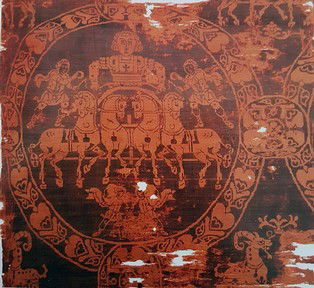
Born To The Purple Trivia Quiz
Originally children of reigning monarchs were said to have been born into the purple, a reference to a color that was so valuable only the very wealthy could afford to wear it. Over time, the concept was expanded to include all children of royal birth.
by ponycargirl.
Estimated time: 3 mins.
- Home
- »
- Quizzes
- »
- General Knowledge Trivia
- »
- Colors
- »
- Purple